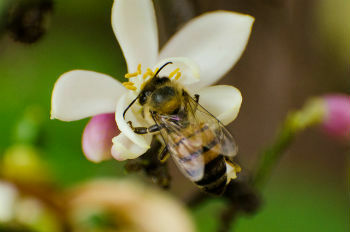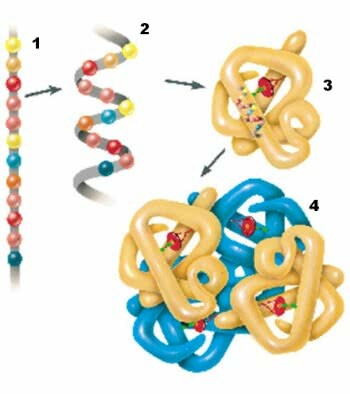Pollination is the transfer of pollen from the male part of the flower (anther) to the female part (stigma).
Pollination represents the reproductive process of higher vegetables. It is through pollination that fertilization occurs and, consequently, the formation of fruits and seeds that will give rise to new plants.
How does pollination take place?
Pollination can occur directly, in a process called self-pollination. In this situation, the pollen grain falls on the stigma of the flower that originated it, resulting in self-fertilization.
This form of pollination is not very advantageous in terms of evolution and diversity, as it prevents genetic variability. Therefore, some species have mechanisms to avoid self-pollination.
Pollination can also occur in a indirect or cross. In this case, the pollen grain is transported from one flower to another of the same species. This form of pollination allows for genetic variability, being more advantageous.
For cross-pollination to occur, the presence of a pollinating agent is required. He is responsible for transferring pollen between the male and female parts of the flower.
You pollinating agents they can be biotic or abiotic components. Among the biotic components are bees, wasps, butterflies, birds, small mammals and bats. Among the abiotic components, wind, rain and gravity stand out.
In about 80% of all flowering plants, animals are responsible for pollination.
Types of Pollination
Pollination can be classified according to the pollinating agent:
anemophilia: When pollination occurs through wind. It is common in plants with small, inconspicuous flowers. The flowers have long, flexible threads that easily sway in the wind. In addition, there is great pollen production to increase the chances of pollination. Occurs frequently in gymnosperms.
hydrophilicity: When pollination takes place through water. It is usually associated with aquatic plants. It can occur on the surface or under water. In this type of pollination, the pollen grain flows or floats until it meets the stigma.
Entomophilia: When insects are the pollinating agents. can be performed by bees, flies, beetles, butterflies and wasps.
Insects are attracted by the color and odor of flowers. In addition, flowers find nectar for food. When insects visit the flowers, they touch the stamens and consequently carry the pollen in their body. When visiting other flowers, they drop pollen onto the stigma, carrying out pollination.
At bees are the main pollinators of vegetables. In return, they receive substances that guarantee the development of their hives. Many fruits consumed by humans are pollinated by bees, such as yellow passion fruit (Passiflora edulis).

bee pollination
Ornithophilia: When pollen is transported by birds. In this type of pollination, the hummingbird stands out.
chiropterophilia: When bats are pollinating agents.
Importance of Pollination
Pollination guarantees fertilization and consequently the production of fruits and seeds. Thus, it is characterized as an environmental service that allows the maintenance of biodiversity.
In addition, it also guarantees food production. Without pollination, many fruits and seeds would not exist, compromising living beings that use them as a food source. One example is that a third of the plants cultivated by man depend on pollination by animals to reproduce and produce fruit.
Know more about:
Type of flowers and functions
Angiosperms

